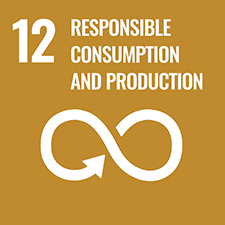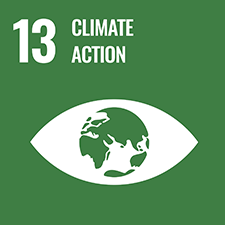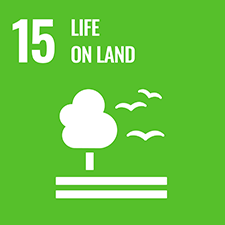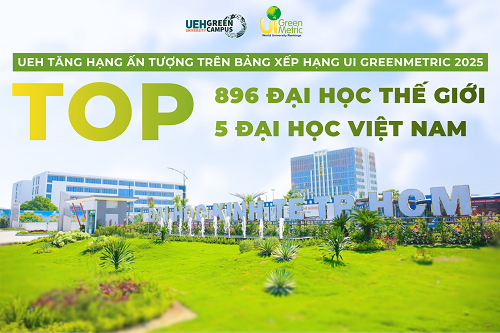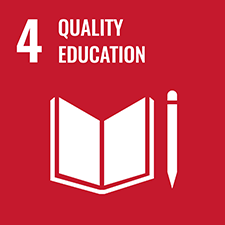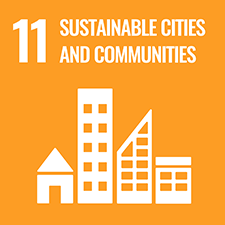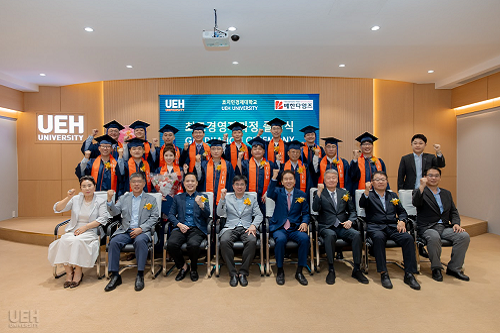
National scientific conference: Vietnam needs a scenario for future trade
24 May, 2021
[Financial Investment Newspaper] The pandemic has made the world realize the limitations of the current supply chain. These consequences can lead to the possibility of system breakdown if overly dependent on one link.
The pandemic is also a time to relieve pressure on Vietnam's trade, when the restructuring of the global supply chain is an inevitable rule. The situation will change for the country with thorough preparation, good control of the pandemic, and macroeconomic stability, which is probably the best marketing strategy.
Breaking the supply chain, elevating digital technology
The closure of borders and restrictions on immigration and emigration during the pandemic have disrupted trade activities and global value chains, especially leading supply chains such as the US, China, Japan, Germany and the European Union (EU). It is a coincidence that these leading countries have all suffered heavy damage from Covid-19. At the same time, the concentration of production and business facilities of the world's 1,000 largest suppliers has up to 12,000 facilities located in areas isolated by Covid-19, most of which are in China.
 (1).jpg)
Exports and imports of the EAP group of countries (%), August 2018-February 2021. Source: Haver Analytics.
That explains why there is a disruption in the global supply chain and a severe impact on trade when the global value chain accounts for more than 50% of the value of international trade. In addition, the application of digital transformation in production and business activities makes countries increase their automation capabilities to improve production capacity and withdraw from the global value chain towards the domestication of the economy. The disruption of the global supply chain also comes from mutual sanctions in the US-China trade war and the rise of protectionism. The world's industries are overly dependent on China, so leading countries tend to "unbutton" from where it is considered the world's factory today.
The trend shows that it is necessary to set up supply sources and value chains closer to control. The previous US-China trade war partly kicked off and accelerated this process, as China thought it needed a strategy to weaken the US's leading role in global trade.
In fact, the pandemic is not the only cause of changes in the structure of global value chains, perhaps just a catalyst to make this process faster. Since the global financial crisis of 2008-2009, the production of imported raw materials for export has decreased markedly. Over the past 30 years, the decentralized production system has been effective and contributed greatly to the global value chain. Still, it is dependent on the ability to trade, transport and different trade policies for each country.
.jpg)
Exports and imports of ASEAN-5 with some partners (%), 2019-2020. Source: To Cong Nguyen Bao et al. (2021), data extracted from WB (ASEAN-5 includes Indonesia, Malaysia, Philippines, Thailand and Vietnam).
At the same time, new forms of production in the global supply chain are also gradually appearing. With the development of digital technology, multinational companies tend to move to places close to the consumption market to reduce transportation costs and speed up sales. Production activities of companies in the supply chain will have to be restructured, forcing companies to consider strategies to reduce the dispersion of production where cheap labor is available.
Elevating the new position of Vietnam's trade
Vietnam recorded a record trade surplus of 19.1 billion USD in 2020. The US is still the largest export market, with a trade surplus of 62.7 billion USD. Meanwhile, the trade deficit with the largest importer is China at 35.4 billion USD. When looking at the trade activities of groups of countries in the East Asia and Pacific (EAP) region, it is easy to see that: Vietnam has the highest growth in import and export value (Figure 1); ASEAN-5 countries export more goods and services to the US than China and other major trading partners, while importing the most from China (Figure 2). These trends are similar to Vietnam's trade statistics in 2020.
The pandemic seems to be releasing pressure to help Vietnam access and participate more deeply in the global supply chain so that it can become a new "nucleus" in the global value chain. Factors that are contributing to speeding up this process include: (1) Vietnam's exports are about 53.4% similar to China's exports; (2) Labor costs in Vietnam are lower than in China; (3) The business environment and competitiveness in Vietnam have improved in 2020, ranked 70th (increases by 23 ranks compared to 2010) and 67th (increases by 8 ranks compared to 2010).
However, elevating a new position for Vietnam's trade is not an overnight thing, but a whole preparation process from solutions to resources. Because we are faced with the challenges of non-traditional shocks such as the pandemic, the rise of unilateralism, the increasing geopolitical competition among major powers, and the emerging digital technology age.
There are five basic principles to shape the strategy for Vietnam's trade: (1) Improve the business environment and enhance competitiveness; (2) Increase the depth in the global supply chain; (3) Improve the added value of exported goods in the value chain; (4) Apply digital technology to economic activities; (5) Change perception to adapt.
The Covid-19 pandemic has made global instability more serious and unpredictable than before. Therefore, each country must now anticipate scenarios and prepare strategies to adapt and "take off" in the new future.
Author: MSc. To Cong Nguyen Bao
Source: Financial Investment Newspaper
.jpg)


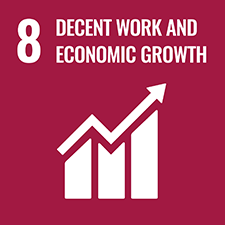

![[Research Contribution] Factors Affecting Gen Z's Intention To Buy Green Cosmetics Through The Intermediate Variable Of Consumers' Attitude](/images/upload/thumbnail/ueh-thumbnail-639018655243295179.png)

